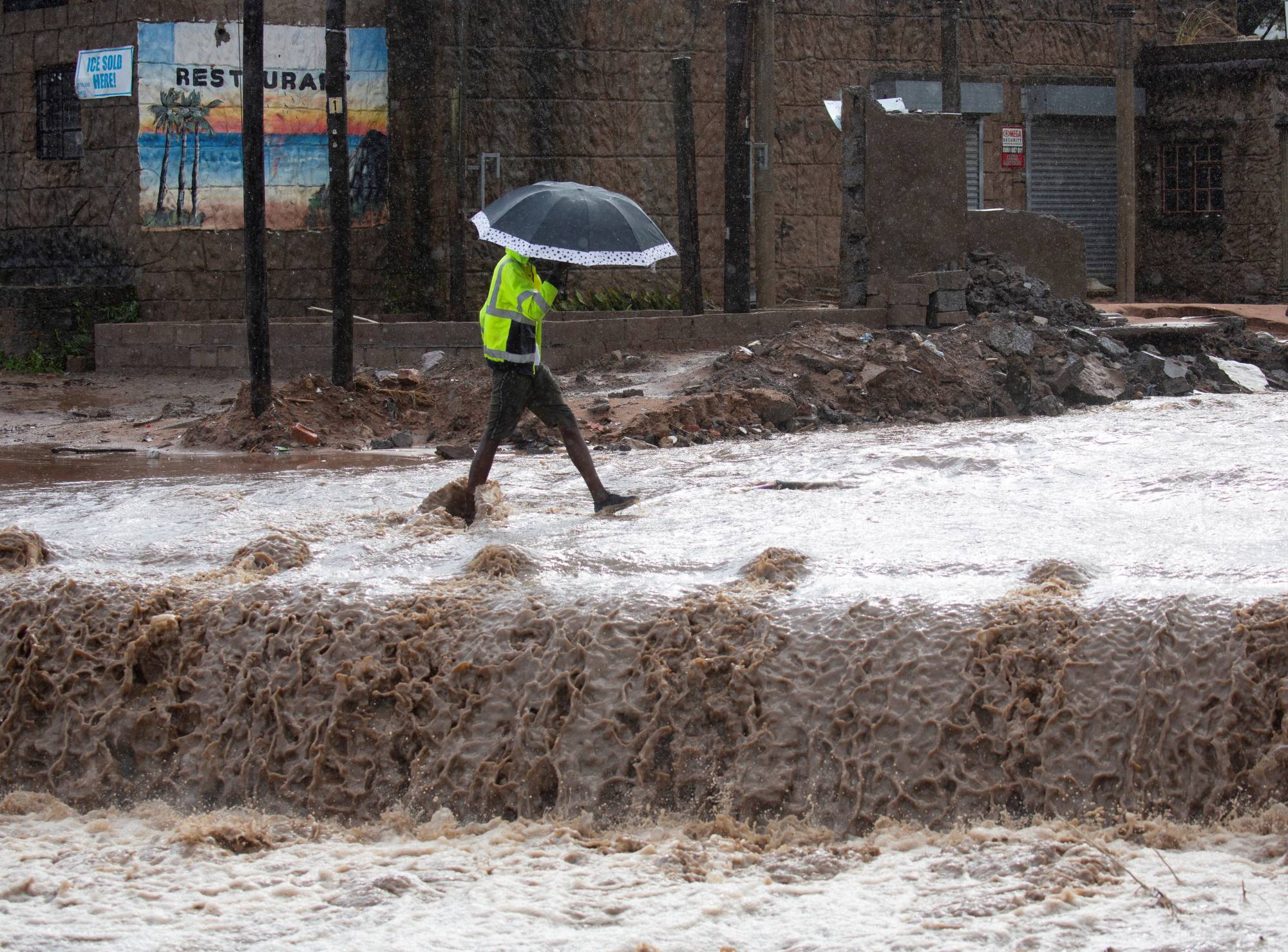With its coastal forests, sugarcane farms and sweeping beaches, South Africa's Durban might appear to be an ideal "spongy" city — one capable of absorbing water, which can be useful in combatting both flood disasters and drought.
But when flooding hit Durban in April last year, it destroyed homes, damaged roads and bridges, and washed away entire families — leaving the city with a death toll of more than 500.
One year after the city's devastating floods, green experts are highlighting the importance of using what cities already have — such as parks and rivers — to reduce risks, and figuring out what else they need to be as resilient as possible as climate change threats intensify.



















With your current subscription plan you can comment on stories. However, before writing your first comment, please create a display name in the Profile section of your subscriber account page.